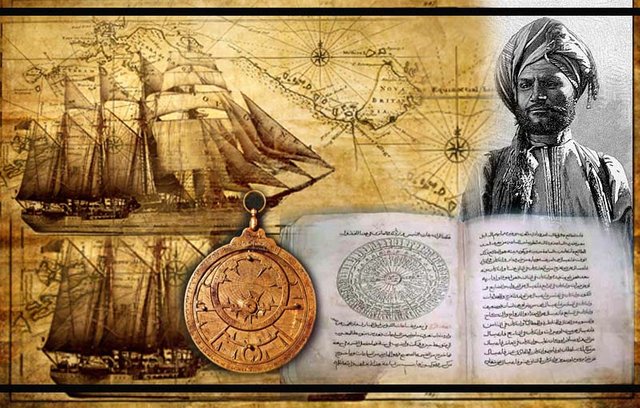Muslim scientists have succeeded in providing a very useful discovery for today's successor life.

One element of glory of Islamic civilization is science and technology. This field undergoes several phases, from its emergence, spread, progress, to decline. To show the progress of Islamic science and technology in its heyday, it is enough to mention names, such as Jabir ibn Hayyan, al-Kindi, al-Khawarizmi, ar-Razi, al-Farabi, at-Tabari, al-Biruni, Ibn Sina, and Umar Khayyam. No one, either in the East or in the West, doubts the quality of their scholarship.
So, what are the factors that support the advancement of Islamic science and technology in the past it? In the introduction to Technology's book in Islamic history, Ahmad Y Al-Hassan and Donald R Hill articulate seven factors of Islamic science and technology advancement. The seven factors are the religion of Islam, the government in favor of science, Arabic language, education, respect for scientists, rampant research, and international trade.
The first is Islam. According to Al-Hassan and Hill, the religion brought by Prophet Muhammad SAW gives a very strong impetus to his people to engage in science and technology.
The Qur'an commands Muslims to use their intellect in the revival of the nature of the universe. Such a command is referred to in Surah Arrum [30] verse 22; Albaqarah [2] verse 164; Ali Imran [3] verses 190-191; Jonah [10] verse 5; and al-An'am [6] verse 97. The Word of Allah SWT also often accompanies afala ta'qilun and afala tatafakkarun (do not you all think).
In addition, Islam has united all its people who spread from China to the Atlantic Ocean under the influence of one language and science. Thus, everyone is free to wander to the various centers of science, such as Baghdad, Cairo, Cordoba, and others, to learn.
Secondly, the government is in favor of science. Howard R Turner in Astonishing Islamic Science says that in science and technology has become a common feature of all Islamic dynasties, whether small or large dynasties. Almost in every Islamic city, at that time, there was a movement of Arabization and translation. In addition, academies, observatories and libraries were also established.
Third, Arabic. From the beginning of the Umayyad rule, the science of Greek and Indian was translated into Arabic. According to Al-Hassan and Hill, sultans at that time it was impossible for science to flourish in the Islamic world if these sciences were written in non-Arabic languages.
Through that activity, science spread not only among rulers and intellectuals, but also in the common people. Through this translation, there are many new science and technology terms from Arabic. In fact, this language can be used to express the most difficult terms of science.
Fourth, education. To spur the pace of scientific development, the caliphs established schools, institutions of higher learning, observatories, and libraries. The most famous library of the Abbasid period was called Bayt Al-Hikmah (House of Wisdom).
This library, as noted by many Islamic historians, made an important contribution in translating the works of scientists from Greek and Indonesian into Arabic. One of the translators of the mathematical books of Greece is Thabit bin Qurrah (836-901).
Fifth, respect for scientists. Al-Hassan and Hill recorded the scientists in the golden era of Islam with great concern from the kingdom. Scientists of that era fulfilled their financial needs, before. This policy is taken so that they can devote time to teaching activities, guide students, write, and have fun.
Sixth, rampant research. The kingdom encourages scientists to conduct research in various fields. One example is the research of mathematics by al-Khawarizmi. The scientist has produced very popular mathematical concepts and is still used today. The current zero rate we know is the result of his invention. This figure was brought to Europe by Leonardo Fibonanci in his Liber Abaci work.
Seventh, international trade. International trade becomes an effective means of communication between civilizations and accelerate the process of technological progress. For example, because of the rampant trade activity between Arabs and other nations in the world, navigation technology was discovered.
Thus a glimpse of the development of Islamic science and technology. Al-Hassan and Hill underscored that the advancement of Islamic science and technology at that time was determined by political and economic stability.
Not surprisingly, with the seven factors, the Islamic world becomes a magnet for the West to explore various sciences in Islam.Starting from agriculture, plantation, medicine, astrology, health, medicine, mathematics, physics, and so forth.
Unfortunately, the progress of Islamic science did not continue until now. Because, the Western world that began to master the science of Islam to take a gap, even threaten the Islamic Caliphate that began to problem because of internal problems.
The barbarian attacks from Central Asia became a sign of the decline of Islamic science and technology. This is due to the political and economic weakness of Muslims in Iraq.